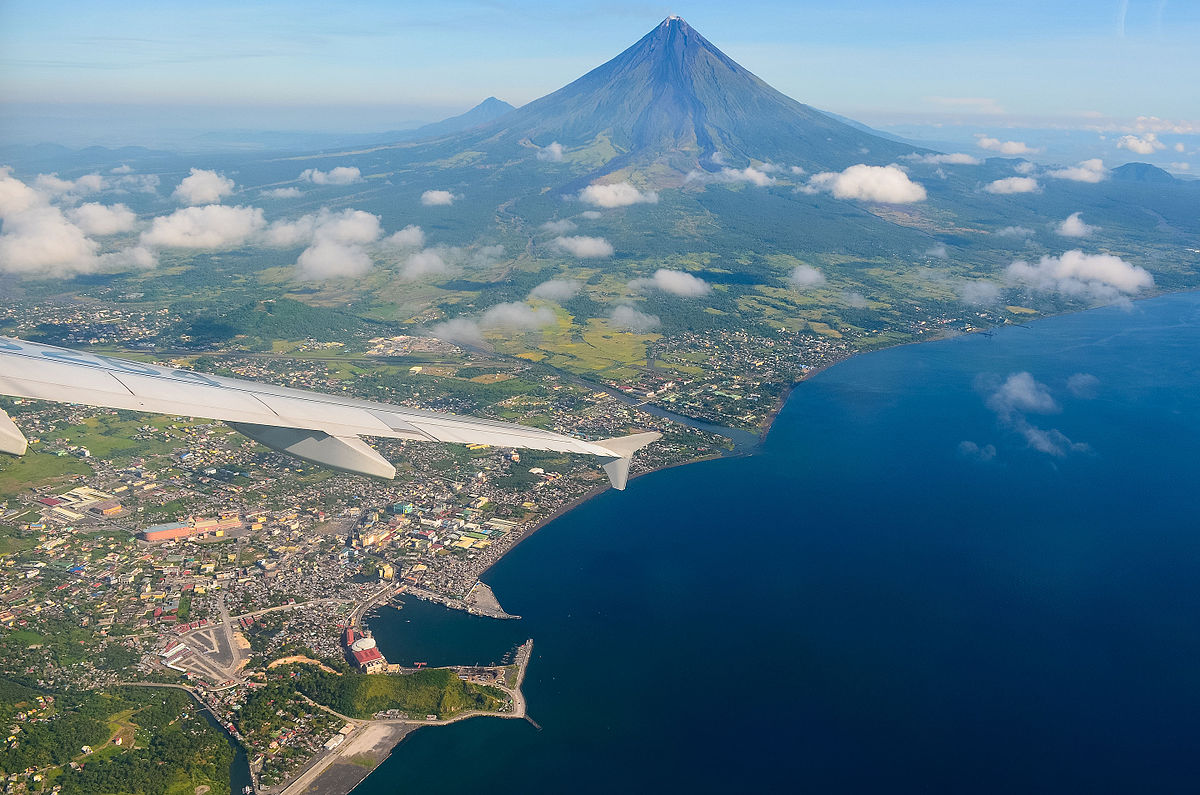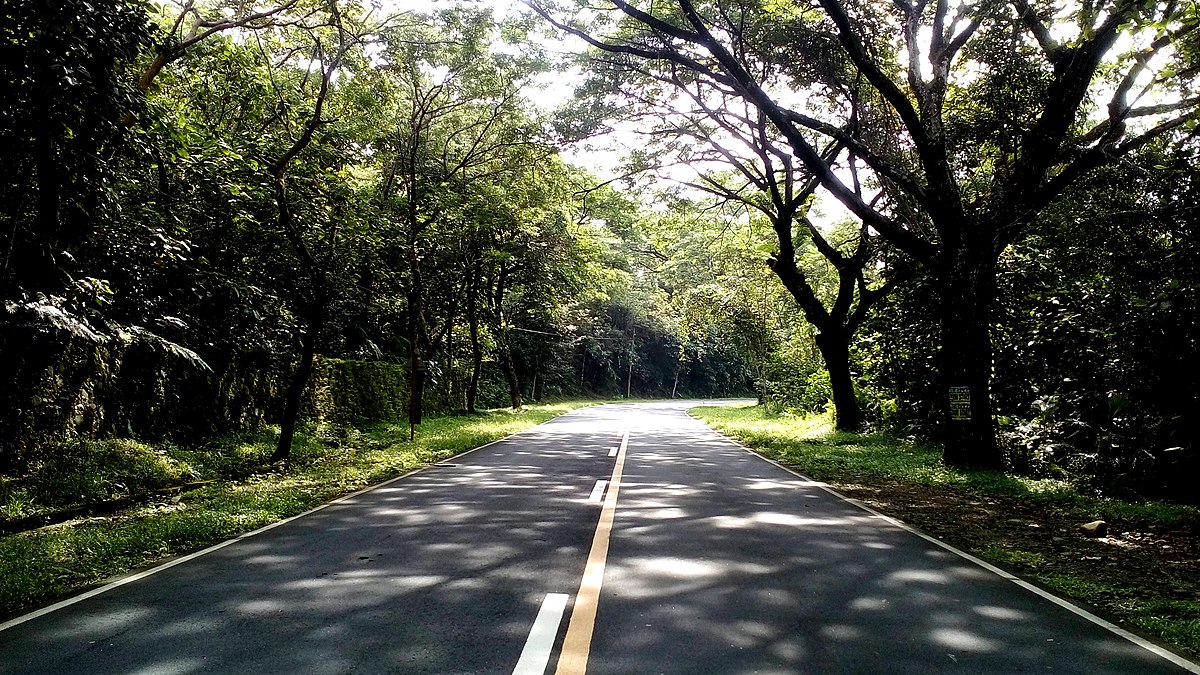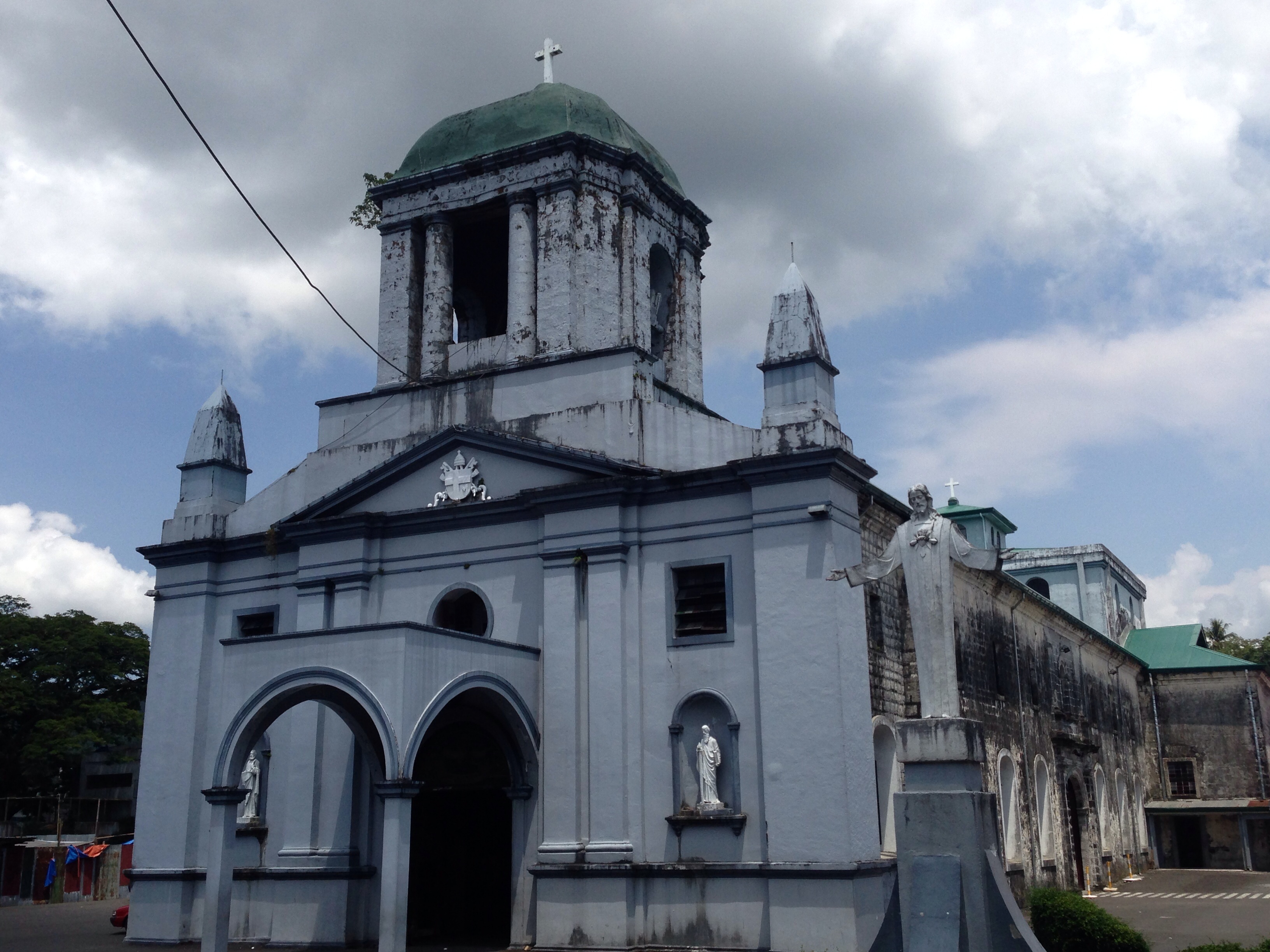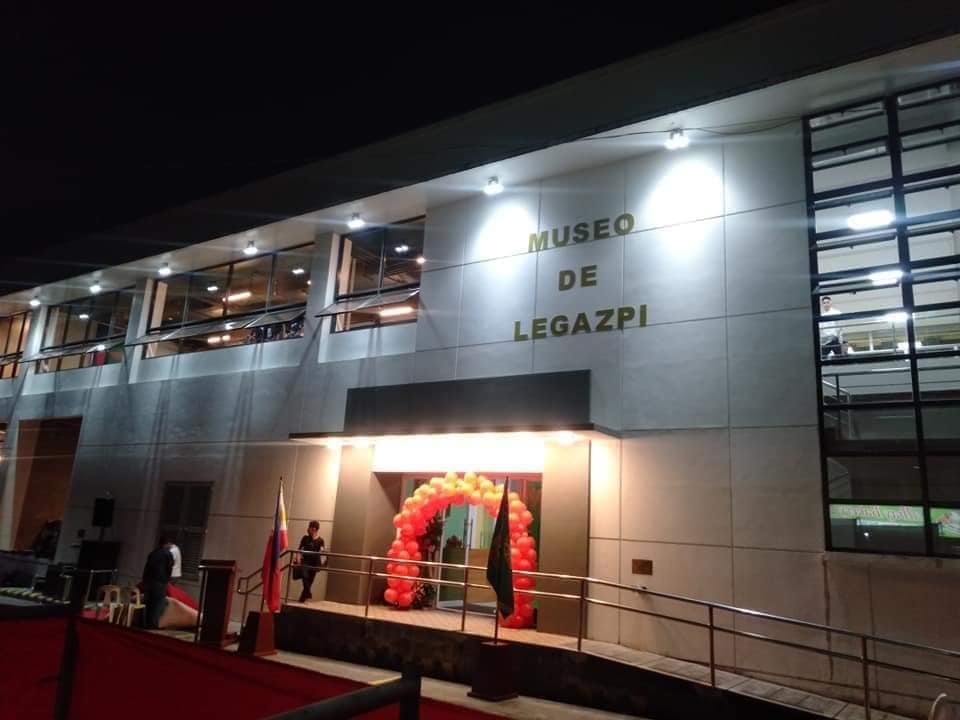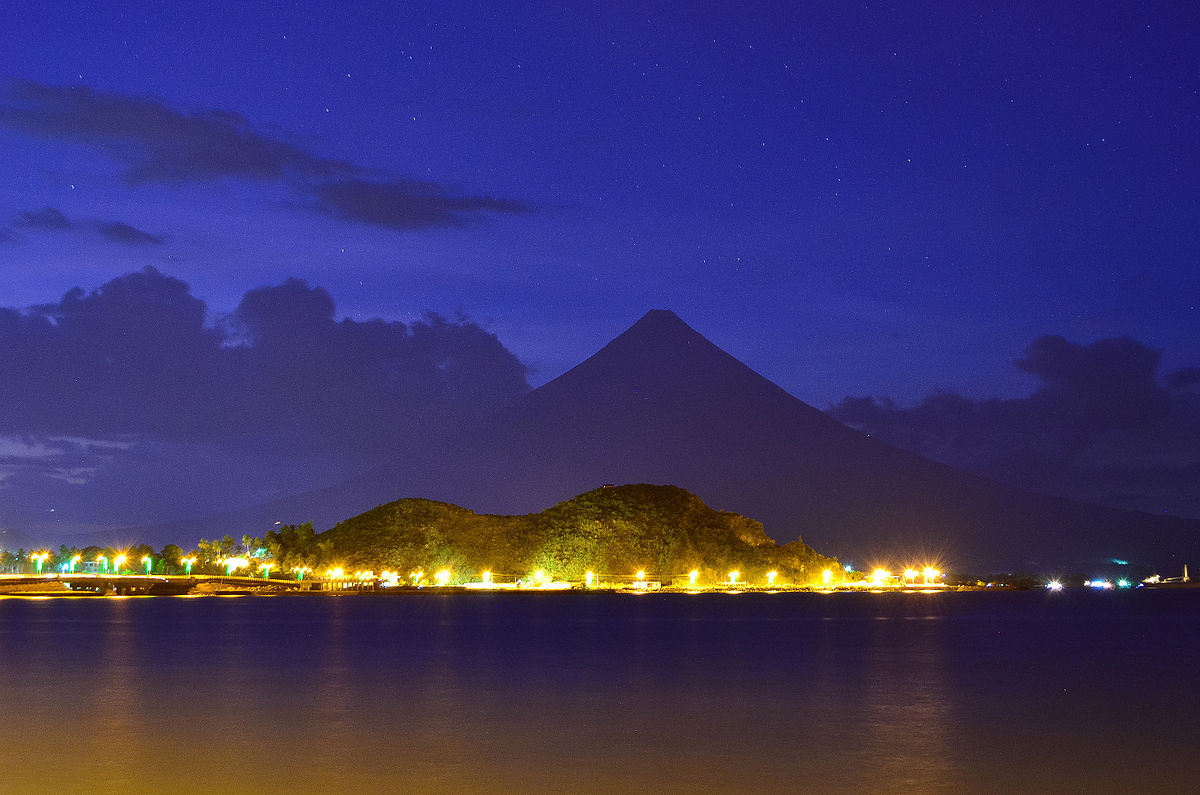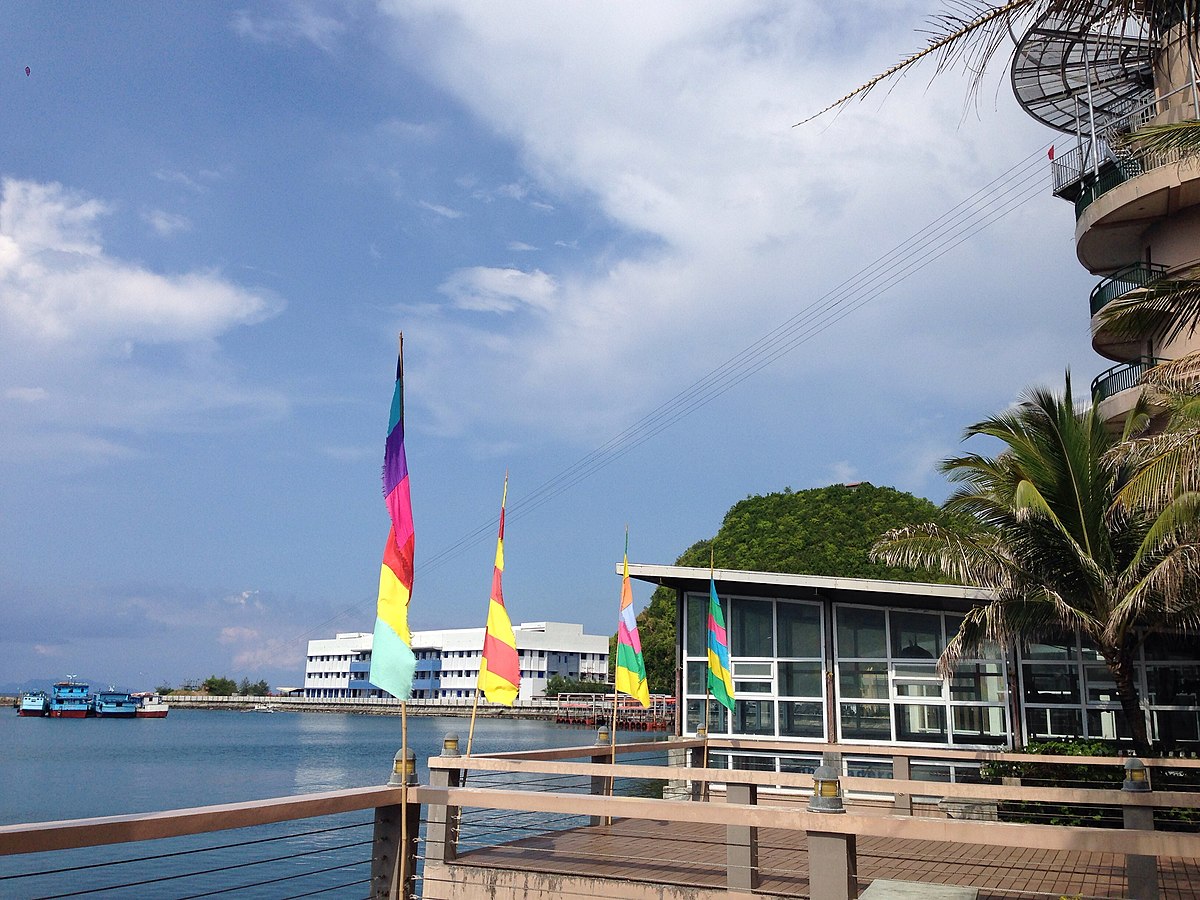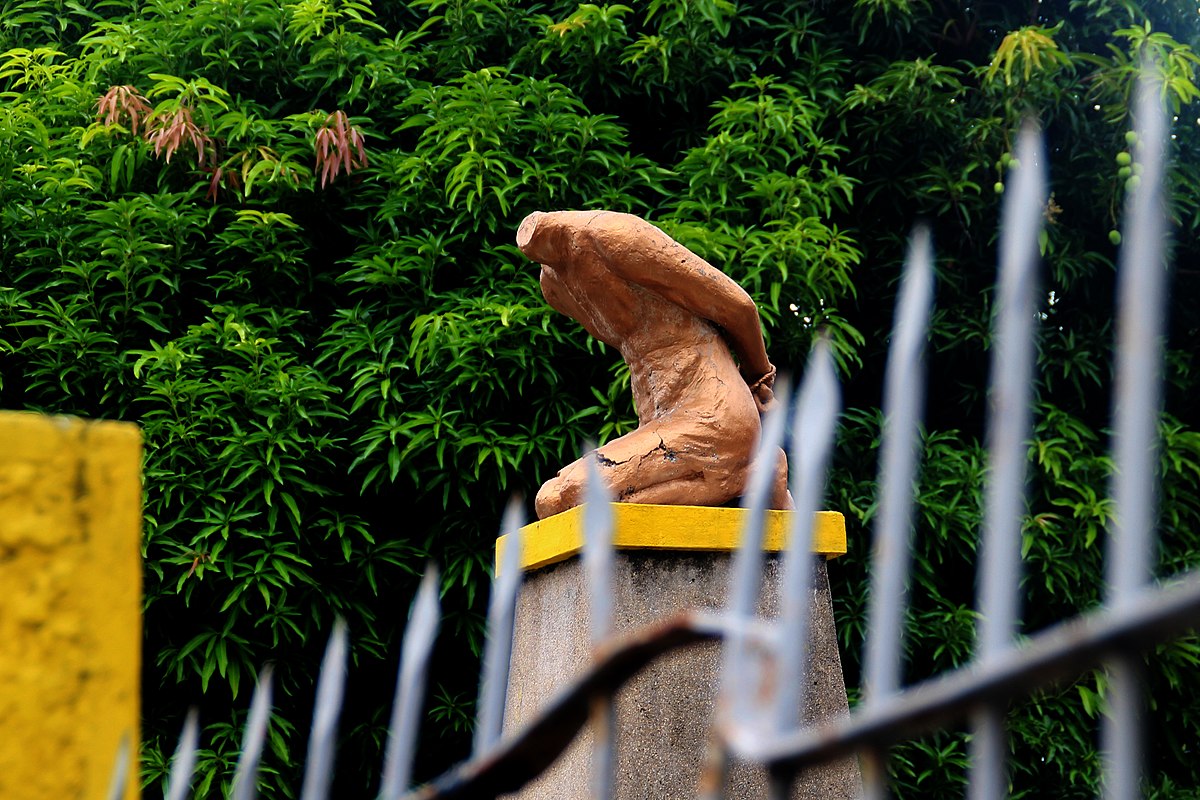Welcome to Legazpi in Albay, and welcome to Anthro on Foot's walking tour! This is a self-paced
walking tour
that features key heritage sites and cultural highlights in the area. We hope you enjoy this tour as
much as we
enjoyed curating it!
Originally known as Sawangan, Legazpi was initially a fishing settlement along the coast of what is
now Legazpi Port.
The Bicol Region was home to various indigenous groups with distinct cultures and languages. Among
the prominent ethnic groups were the Bicolanos, Rinconada, and the Agta.
Precolonial Bicolanos engaged in various economic activities to sustain their communities.
Agriculture played a significant role, with the cultivation of crops such as rice, root crops, and
other staples. Fishing and trade were also common, given the region's proximity to the sea.
The arrival of Spanish colonizers in the 16th century marked a pivotal shift for the Bicol region.
In 1587, Franciscan friars arrived in the area, utilizing the Cross and the Spanish edict of
Doctrina de Cagsawa to influence the local indigenous populations. The locals then witnessed the
establishment of two parishes within just 30 years of the friars' arrival.
On September 22, 1856, the name Legazpi was formally adopted in honor of Miguel Lopez de Legazpi,
the Spanish navigator and governor credited with founding the first Spanish settlement in the
Philippines. The earliest recorded eruption of Mayon Volcano, dating back to February 1, 1814,
prompted Legazpi residents to evacuate to Makalaya (now Taysan). Despite the residents' desire to
establish a new settlement due to recurrent eruptions, a Spanish decree on October 1, 1829 prevented
them from doing so. Consequently, the evacuees settled in Sawangan, now known as Albay Viejo or Old
Albay.
